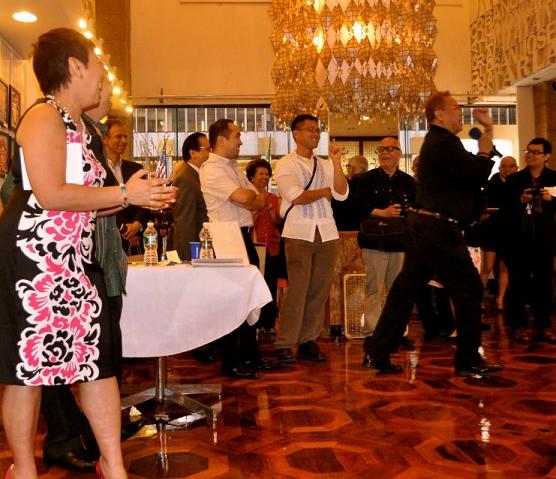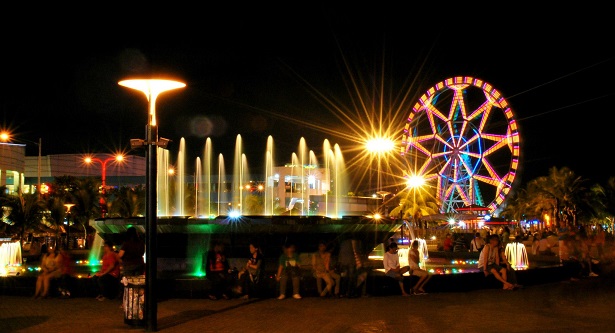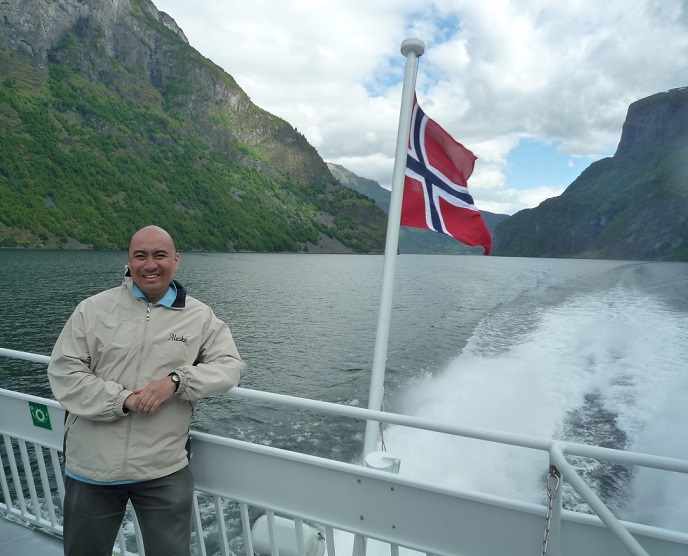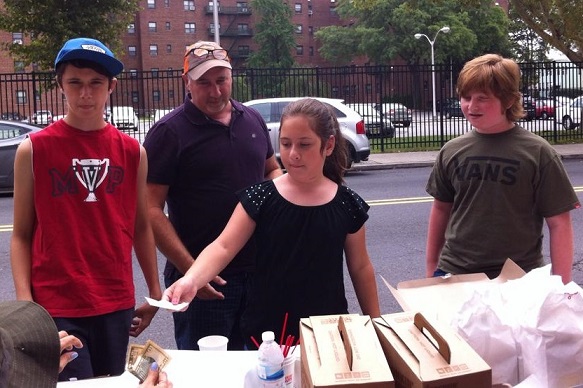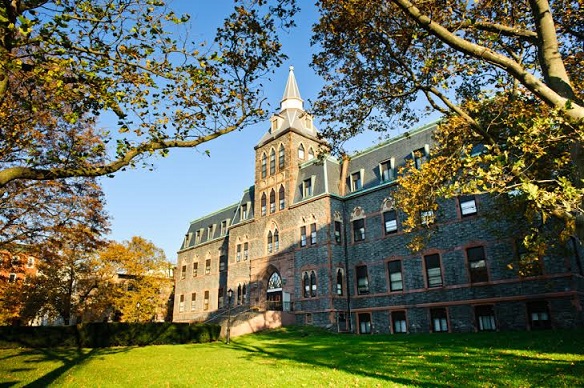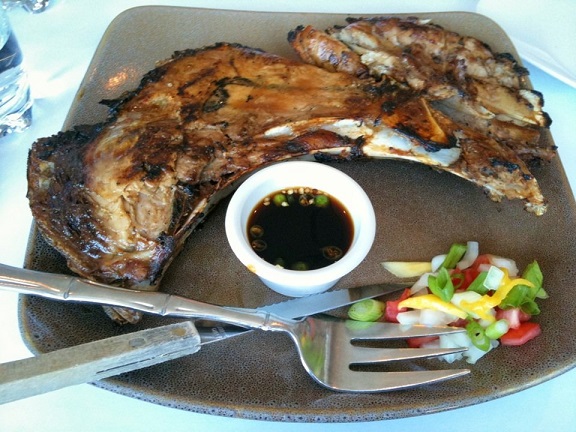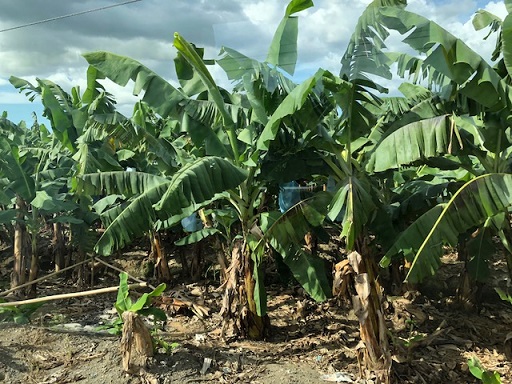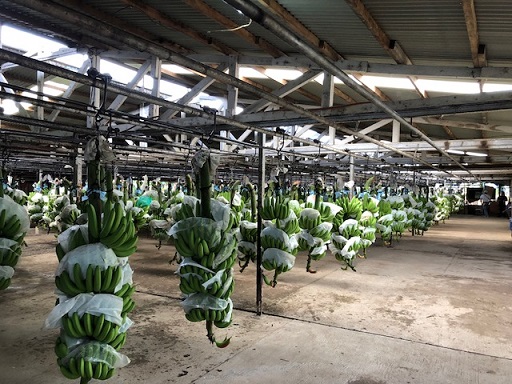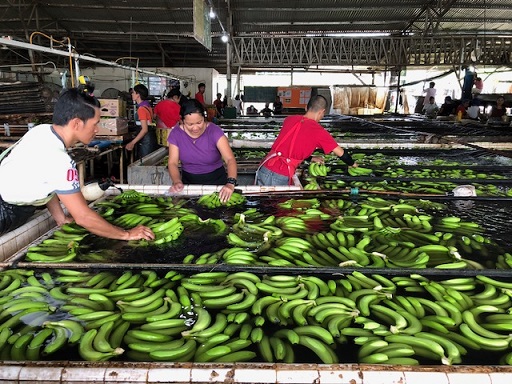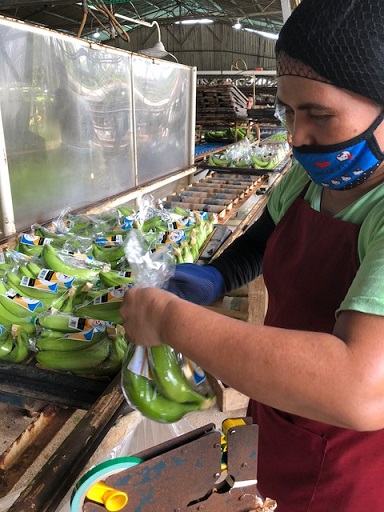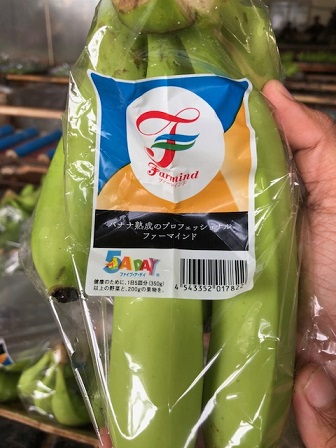Davao’s Banana Republic
Why did the banana go to the doctor?
Because it wasn’t peeling very well! – Popular banana joke
By Cristina DC Pastor
TAGUM City, Davao del Norte — We saw no ill-looking bananas as we cut across the Hijo Resorts plantation here in a van. Only robust, healthy Cavendish varieties hanging from rows of drooping palms that seemed to stretch across the horizon.
In this 760-hectare property owned by successful agri-industrial businessman Jose “Boy” Tuason, much of the land is planted to bananas, one of the Philippines’s top exports. Bananas grow best in moist, rich soil with access to water. Davao is the ideal breeding ground because it experiences adequate rainfall throughout the year. El Nino, or extreme dry weather condition, is not good for the plant.
Its website says Hijo pioneered the cultivation and export of Cavendish bananas to Japan. Data provided by Davao City shows coconuts (255,639.85 metric tons) and bananas (253,840.53 MT) leading the city’s top commodities in 2015, followed by durian (49,831.13 MT), pineapple (26,352.77 MT), pomelo (13,555.71 MT), and coffee (2,522.74 MT).
Only Cavendish bananas are grown at Hijo. The Philippines, however, is known for other varieties, such as Latundan with a yellow peel; Lakatan with green peel that turns yellow-orange when ripe; and Saba, which is similar to plantain because it can be cooked — boiled, fried or made into Turon spring roll.
“The Japanese love our Cavendish bananas,” said Edgar Celmar, packing house supervisor who has been with Hijo for more than 20 years. He said Davao bananas have just the right sweetness and ripeness which the Japanese love. Plus the fact that it is healthy and not very expensive as a food staple.
The visiting Filipino American journalists from New York watched how bunches of green-peel bananas covered in plastic arrived inside the processing plant on a wire pulled by ‘carrieros’ or carriers. The plastic cover, we were told, was to protect the peel from insects and discoloration. The bananas were then cleaned in a huge tank with running water where they were inspected for ripeness and quality of peel, and sorted out. Those that didn’t make the grade were tossed into another container where the discarded bananas would be manufactured into banana chips, ketchup or wine.
A banana plant takes about 10 months to ripen and be ready for harvest, said Celmar. The fully developed fruit can be heavy. A banana tree needs to be supported by a sturdy stick to prevent the tree from breaking. In about 21 days from harvest, the bananas are ready to pack and ship. He said Hijo ships an average of 3,500 boxes of bananas to Japan a day.
Hijo is just one of the five large Davao companies that produce and export bananas to Japan. Other companies engaged in banana exports include the Tagum Agricultural Development Company, Inc., or TADECO, founded by Antonio Floirendo Sr.; Dole and Del Monte companies.
The Philippines is the only Asian country among the top banana-exporting nations Ecuador, Costa Rica, and Colombia, according to the UN Food and Agriculture Organization.
The FilAm magazine was among news organizations invited to a November 20-28 familiarization tour organized by the Philippine Consulate in New York, the Philippine Department of Tourism, and Philippine Airlines. Davao was the tour’s centerpiece destination.
© The FilAm 2017


